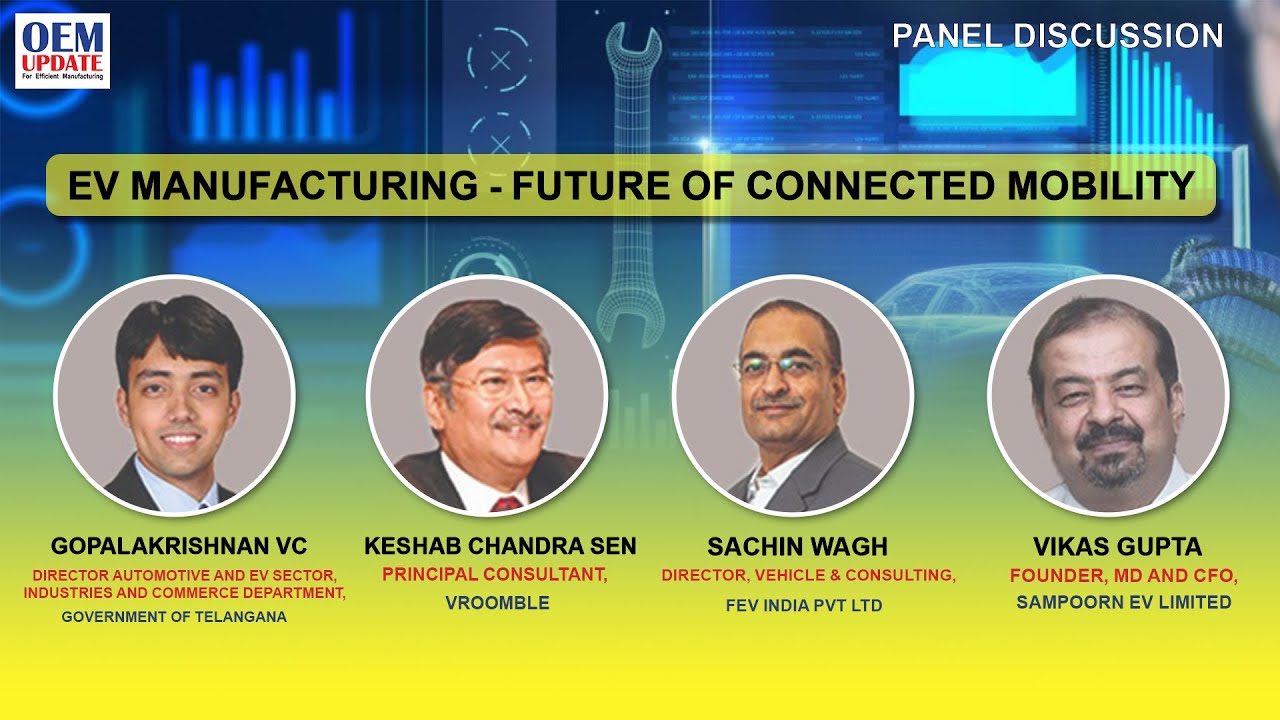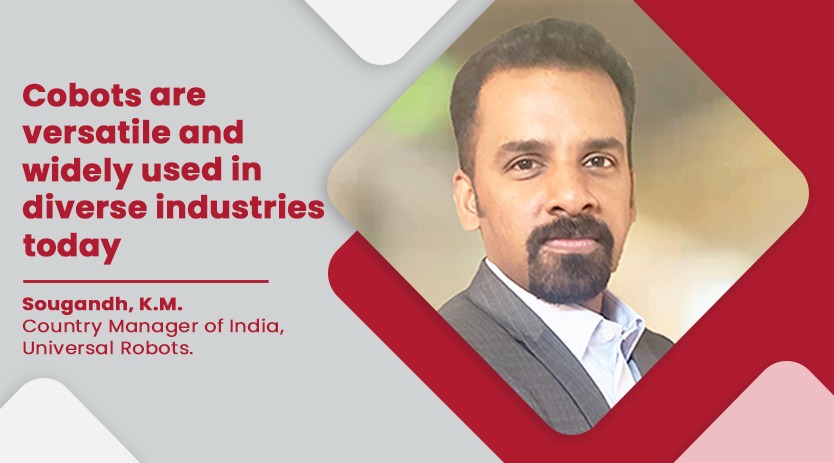AI-powered quality control equipment to revolutionise the industry
July 31, 2023 1:46 pm
Pankaj Sethi, Business Segment Manager – Automation, WAGO India, says that the quality assurance processes are being automated with AI systems and this technology helps in root cause analysis of defects, recommends preventive measures, and boosts overall manufacturing line efficiency.
How does smart automation contribute to improving production efficiencies?
Unlike standard automation, which primarily focuses on handling repetitive or dangerous tasks, smart automation leverages advanced technologies such as IoT-based cloud connectivity, machine learning, and AI systems. These enhanced capabilities enable smart automation to carry out automated processes, analyse process patterns, learn from them, and make predictions over time.
By harnessing the power of smart automation, organisations can proactively identify vulnerabilities in their production systems and receive suggestions for preventive actions well in advance of any potential issues occurring on the production line. This proactive approach empowers organisations to take timely and appropriate measures, effectively preventing production losses.
Please talk about smart automation developments in Indian manufacturing.
The Indian manufacturing industry is enthusiastically embracing smart automation in its production processes. They are investing in various automation technologies that align with the scale and complexity of their business operations. These organisations are reaping many benefits, including enhanced product quality, improved designs, increased efficiency, and a competitive edge through faster time-to-market, reduced labour costs, fewer human errors, and minimised maintenance expenses and time.
Indian startups, in particular, are leading the way in incorporating smart automation at the core of their business models with the support from venture capital firms and major multinational companies.
The growing reach of the 5G network in India further accelerates the adoption of IoT-based technologies in the country’s manufacturing sector. According to various research reports, AI-based automation’s contribution to India’s manufacturing sector Gross Value Addition (GVA) is experiencing a steady Compound Annual Growth Rate (CAGR) of approximately 5 percent.
What key technologies are used in smart automation for production processes?
Modern smart automation systems are highly advanced, combining cutting-edge technologies. Artificial intelligence and machine learning are at the heart of these new-age automation systems. They are complemented by supporting technologies like edge and cloud computing, robotics, motion control, high-speed communication networks, Internet-of-Things (IoT), and sensory technologies such as vision, sound, touch, light, heat, and proximity sensing.
An excellent demonstration of how smart automation harnesses this amalgamation of technologies can be seen through Collaborative Robots or Cobots and cloud-based control & monitoring systems. These examples showcase the seamless integration of various technologies to create efficient and intelligent automation solutions.
How has AI-powered quality control equipment transformed the manufacturing industry’s approach to quality assurance?
AI-powered quality control equipment is making a transformative impact on the industry’s quality assurance procedures and benchmarks. Quality control holds immense significance in the manufacturing sector for ensuring business continuity and meeting customer satisfaction. Integrating artificial intelligence into quality assurance has revolutionised the process, significantly improving speed and accuracy. Previously, the quality inspection took time and effort, with the risk of human error persisting. However, with AI systems, the inspection process has been automated. Also, the technology offers root cause analysis of defects, recommends preventive maintenance, and boosts overall manufacturing line efficiency. As a result, customers benefit from a superior experience with the product.
Can you provide examples of the implementation of smart automation in improving production efficiencies?
WAGO has significantly impacted the smart automation industry with its advanced automation products and solutions. The company serves a wide range of sectors and industries, including energy, automotive, building & lighting technology, manufacturing, railways, metros, and marine.
For instance, WAGO successfully assisted a prestigious steel manufacturing plant in eastern India by deploying its cutting-edge Edge Computers, high-end PFC Controllers, IO systems, and communication equipment. This implementation enabled the plant to optimise its output through predictive maintenance, reducing downtime and enhancing machine performance. Utilising IoT technology and cloud computing, the solution empowered plant operators to monitor and optimise production in real-time, swiftly address potential issues and manage operations from decentralised IT Server centres, thus reducing dependencies. Moreover, the system intelligently analyses energy consumption patterns and suggests energy-saving measures. Thanks to WAGO’s automation system, the steel plant has reduced energy wasteage, minimised inefficiencies, improved maintenance planning, optimised production, and reduced operational costs.
What are the potential challenges when adopting smart automation in production processes?
Despite the numerous advantages of smart automation in production processes, businesses encounter several challenges that make its adoption complex. Availability of capital for new investments, concerns over job loss due to automation, the need for a skilled workforce to operate and program smart automation systems, and moreover trust in allowing autonomous operations are some of the potential challenges
Depending on business size and available resources, different organisations may confront distinct challenges. Larger organisations might not struggle with capital availability but could face labour-related issues and trust concerns when implementing smart automation. On the other hand, startups may not encounter problems related to skilled resources or labour but could grapple with capital investment challenges.
In what ways Cobots are transforming the manufacturing and production processes for SMEs?
The SME sector in India is experiencing remarkable growth, leading to increased business opportunities and competitiveness. To stay relevant, SMEs face the challenge of serving customers faster, at lower costs, and with improved production quality. While Robots based automation could address this, capital constraints and lower production requirements make them impractical for SMEs.
However, Cobots or Collaborative robots have emerged as an excellent alternative due to their cost-effectiveness, easy installation, small space requirements, and safe collaboration with humans. Unlike standard robots, Cobots can work alongside human resources, significantly enhancing efficiency and productivity in the production line. This unique feature of Cobots makes manufacturing and production processes much more competitive and efficient for SMEs, allowing them to thrive in the competitive business landscape.
Cookie Consent
We use cookies to personalize your experience. By continuing to visit this website you agree to our Terms & Conditions, Privacy Policy and Cookie Policy.















